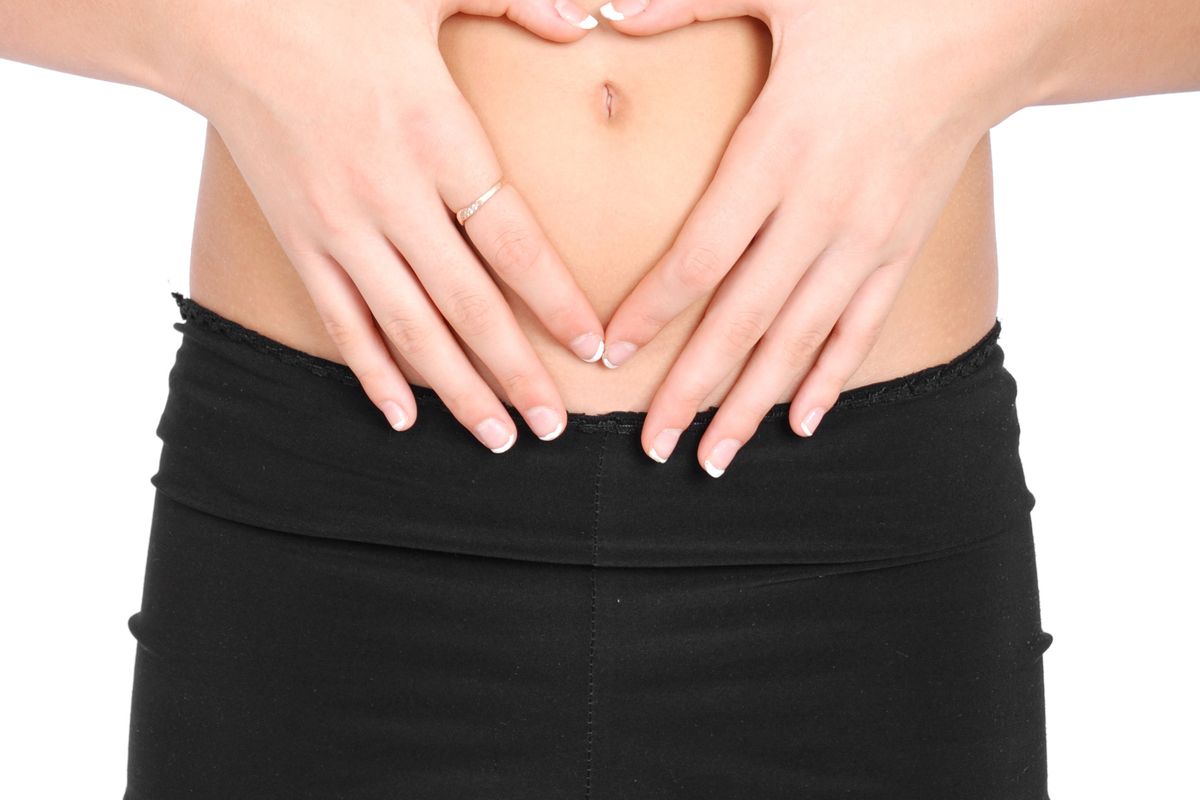
You know it’s essential to cross-train outside the studio as a teacher. “The only times I’ve had major injuries have been when I’m teaching,” says Michele Miller, a Pilates instructor, veteran movement teacher and professor of dance at Cornish College of the Arts in Seattle. “I think when I’m teaching class, I’m not in my own body the same way. I’m not paying attention to me; I’m paying attention to my students.”
She relies on Pilates to keep her whole body strong and safe in the studio. But even with her workout routine, she notices areas of weakness. “When I teach my modern class, I tend to do everything starting on the right side, and I noticed it felt like my pelvis was getting a little twisted in one direction,” she says. She began alternating which side she demonstrated first, and it evened out.
Miller isn’t alone—specific muscles tend to go undertrained or forgotten in teachers’ daily studio routines. Paying particular attention to these parts of your body could be the key to increased strength or even pain-free days at the barre.
Core
Miller and several of her teaching colleagues at Cornish suffer from lower-back pain, which she says is likely linked to core control and core strength. Most teachers aren’t dancing with their whole bodies while they demonstrate. That means you have to do more for yourself outside of class to make up for it. “Instead of feeling my back, arms and legs in tendu exercises, I’m focusing on my legs, because that’s what I’m talking to [the students] about,” she says. “When I do [Pilates] mat, it helps my back not hurt. Core work a couple times a week definitely helps. That probably means my core is something I tend to neglect when I’m teaching regularly.”
Psoas
Connecting the femur to the lumbar vertebrae, the iliopsoas are the strongest hip flexors (and also part of your core muscles). In addition to helping with walking, running and high leg extensions, they support the lower back and help you sit up straight. They’re one of Miller’s “favorite muscles,” because stretching and strengthening them (Pilates class is the best way, she says) can help be a less-than-obvious way to relieve lower-back pain and keep you demonstrating extensions front, side and back. Plus, she says, using the psoas correctly encourages pelvic floor engagement. (See sidebar for an easy psoas-strengthening exercise.)
Pelvic Floor
Your pelvic floor, or the sheet of muscles that is the undercarriage of your pelvis, holds in place organs like the bladder, rectum and, in women, the uterus and vagina. It also maintains bowel control and sexual function. It can be easy to overlook as a possible source of pain or discomfort, especially after having a baby, according to certified strength and conditioning specialist Lauren Saglimbene. “Teachers don’t take into account life circumstances and events that will change our bodies,” she says. “Tissues become less pliable. Giving birth can affect how pelvic floor muscles work.”
If you suspect a pelvic floor issue—aching or discomfort in your pelvic floor area, urinary leakage or pressure during pliés—talk to a women’s health physical therapist, says Saglimbene. For this overlooked muscle group, it’s best not to dive into a pelvic floor–strengthening regimen on your own, she warns, because pelvic floor issues vary, from uterine prolapse, which may not be curable with strengthening alone, to muscles being overly tense or underdeveloped.
Lats
There isn’t much specific training for the latissimus dorsi muscles in dance. If you’re holding a correct second position in your arms, they should engage, but for the most part, your lats won’t get much work.
These large triangular muscles run from the armpits across the mid-back to connect with the lower half of the spine. They help with rotating the torso, as well as posture and how you carry yourself. Saglimbene recommends directly training the lats with pull-downs, either using gym equipment or a resistance band over a door, or pull-ups or chin-ups. Swimming the crawl also activates the lats with every stroke.
Bonus: Bones (not a muscle, but kind of important)
Dance, while requiring anaerobic fitness and great muscle-strength control, often doesn’t involve consistent load-bearing beyond jumps and partnering. And while it’s good for your joints to avoid overdoing high-impact exercise, some load-bearing is required for bone health. Jump rope or jog if your knees and hips allow it—and if you aren’t already suffering from bone loss. Otherwise, a doctor may recommend lower-impact load-bearing activities, like fast walking or using the elliptical. Strength training goes hand in hand with load-bearing for preventing osteoporosis as we age. Saglimbene recommends strength training with free weights two to three times a week. Holding dumbbells puts weight on the spine and engages hands and wrists, while building muscle to support the skeleton.




